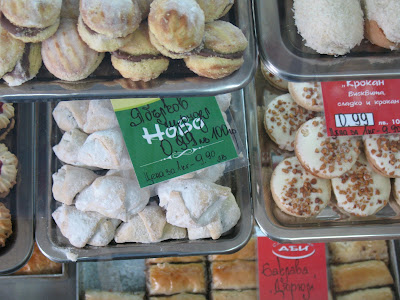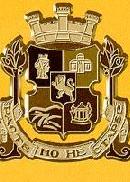A little reflection on one of my favorite teaching epiphanies from this time in Bulgaria...
For the Love of the Library
I’ve read The Odyssey, A Midsummer Night’s Dream, Pride and Prejudice, The Great Gatsby, and Madame Bovary. I’ve sampled Thoreau, Wordsworth, Morrison, Silko, and Chauce. I know the canon, I see its beauty and its depth.
After finishing Nancie Atwell’s The Reading Zone last fall, I decided to make time for free choice reading in my classroom. I went on a book-finding mission, choosing dozens of books from my own and other teachers’ shelves to create a set of sure hits. Each week I returned to the library, peeking out at the sighing librarians over my gigantic stack of books. I let students shuffle through their pages, read the backs, and chat with me about the content. I pitched The Joy Luck Club and The Hobbit, plied The Hitchhiker’s Guide to the Galaxy and The Little Prince. Then they chose. They read. They delighted.
Each week we devoted a period in class to free reading, finding cozy spots around the school where we could curl up and read. I checked in now and then to see how everyone was coming along. They almost all liked their choices, and looked forward to reading. It was music to my ears. One student got so into his Orson Scott Card novel that he would sprint for the bookshelf every time he finished an in-class activity. I could sympathize – I’ve read it four times and listened to it twice on audio. Why had it never occurred to me to share it with my students at my school back in the United States? I had been too busy with Hawthorne and Chopin to save time for Hornsby and Card.
I organized a reading contest, put up posters with faculty book recommendations, even started a blog for the students to share reviews online (http://acsreads.blogspot.com). I picked out teen favorites for our library at home in Minnesota and scoured a used bookstore basement in Vermont for literary gold. Slowly, I built up our class set. As the kids fell in love with it, I took them for a swim in wider waters, spending a class period in the dusty bliss of our school library.
Suddenly they were enjoying the library, getting to know its secret corners and hidden treasures, just as I have always done. I wanted them to love the library, imagining to myself all the wonderful repercussions in their lives. A student addicted to Harry Potter would soon finish the series and move on in search of more, discovering the location of the research books on WWII, the travel guides to Peru, the Idiot’s Guide to Astronomy, the stacks of National Geographic and The Economist. Even, if I was lucky, the classics of English. I imagined them spending free periods at the library, hunting for more.
When two students read over 3,000 pages in our Month of May reading contest last spring, and three finished their first (long) books in the first week of school this year, I shared their joy. In trying to inspire a love for English in my students here in Bulgaria, I've remembered why I first loved it myself. I’ll never forget again. From now on, my students will enjoy many kinds of great books – inside and outside the canon.




















































